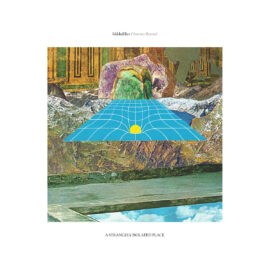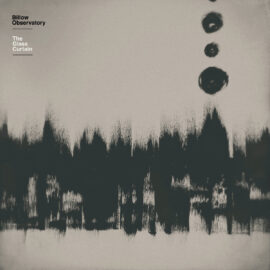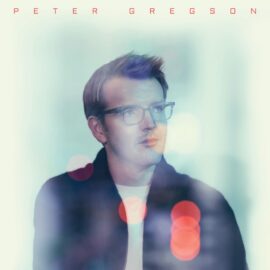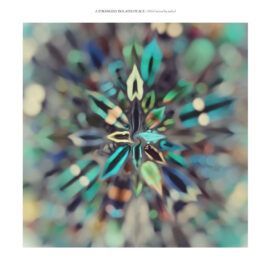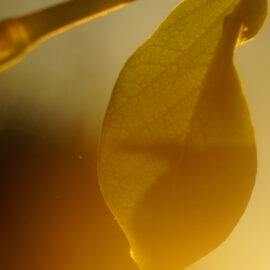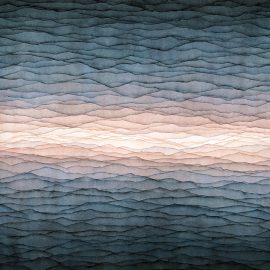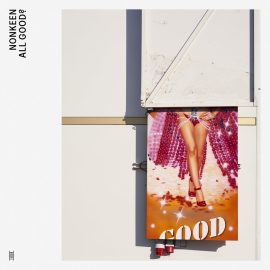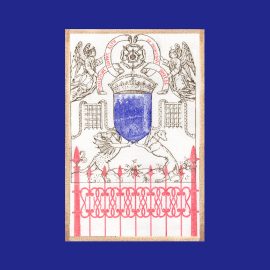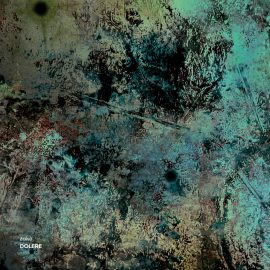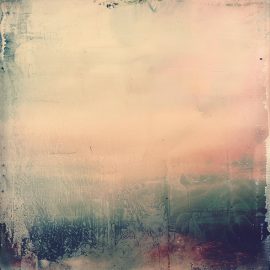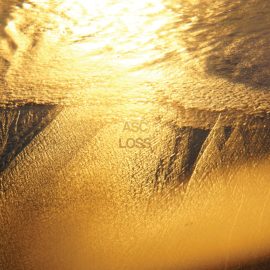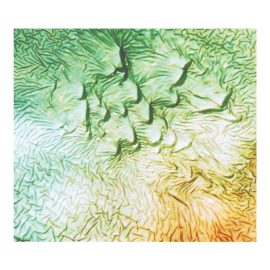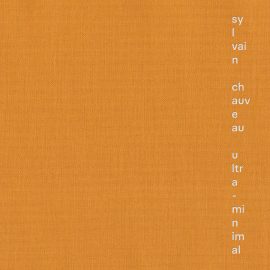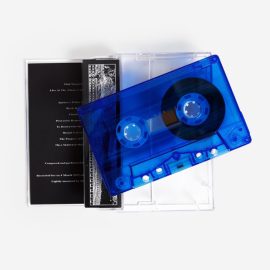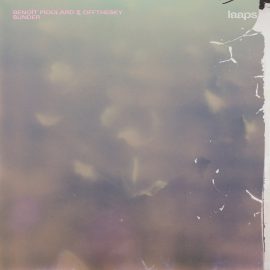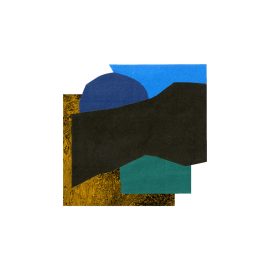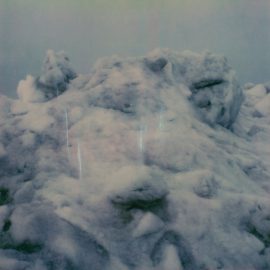With about 60 releases since 2000, the LINE imprint has built a firm reputation as “a programmatic sound platform with a strong inclination towards the visual arts and multimedia, born from the desire to take the tactile qualities of audio installations from the gallery space to listeners’ living rooms.” Curated by Richard Chartier, LINE not only releases impressive sound art CDs, but also DVDs and Artwork Prints. With its focus on audio/multimedia installations, mostly electronic by nature, LINE aims at the more ‘serious’ – investigative – listener: this is definitely no ‘pop-ambient’ label. If you insist on comparisons the label may be best compared to Raster-Noton, in style and artistic approach.
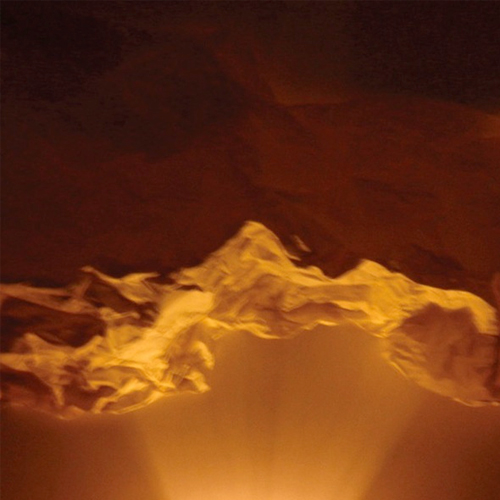 William Basinski & Richard Chartier Aurora Liminalis Mentioning William Basinski will probably immediately raise associations with his Disintegration Loops, a project about analogue tape deterioration which became history-linked to the terrifying 9-11-2001 events, found its way into the Metropolitan Museum and recently was re-released in a massive box set with (O, Conceptual Irony!) remastered versions of the original (deteriorated) recordings. But there’s a lot more in the Basinski discography apart from that. Having worked together on the 2008 release Untitled 1-3, this is the second collaboration with Richard Chartier. Aurora Liminalis may translate as ‘liminal light’ – of which the further interpretations may differ depending on what you want to hear. “… the aural equivalent of undulating trails of light. Disintegrating spatial shifts incorporating the two artists’ distinct sonic palettes mesh to create a slow, deep ebb and flow… like some melting spectral transmission.” Stylistically, this is nothing like Basinski’s Disintegration Loops. The album starts from an absolute quiet and slowly emerges, luring you to follow it while it grows into a deafening (yet still somehow quiet) noise. This is clearly not intended to be a background ambient drone: its subtleties are only revealed if you carefully listen behind what’s going on up front. The result is organic: it is impossible to distinguish what is Basinski’s or Chartier’s specific input – a perfect blend of two sound artists interacting.
|
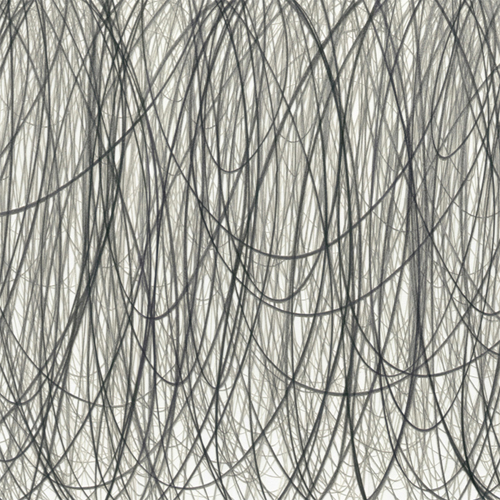 Richard Chartier Recurrence The very first release published on LINE in 2000 was Richard Chartier‘s Series, a work that explored “an implied silence that is not silent. a quietness that belies the activity and energy of the sounds.” The 51 minute second track of this album, titled “Recurrence (Series)”, reworks original elements from these recordings to an entirely new composition. “Drawn to the original sounds Chartier felt that they could be re-composed. The form they have taken contains isolated and discreet events strewn across the sound field, creating a strange landscape and altered sense of space.” It was presented on different occasions as a multi-channel event: listen to these sounds and try to imagine a 30-channel version of it! The album opens with a 20 minute track, “Recurrence (Room/Crosstones)” which focuses on “room tones and other low frequency wave recordings”. And these are low frequencies indeed! Thick bass slabs resonate in all of their pure sine-wave beauty, vibrating the crevices of structures and skulls. Preferably played back on a decent sound system or a high-end headset, since it won’t perform well on any average portable pair of headphones. If you purchase a CD or a digital lossless copy directly from the LINE shop, you will receive a third, digital bonus track. This release is recommended to all Chartier followers, particularly those appreciating his micro-minimalism and surgically-precise frequency manipulations.
|
|
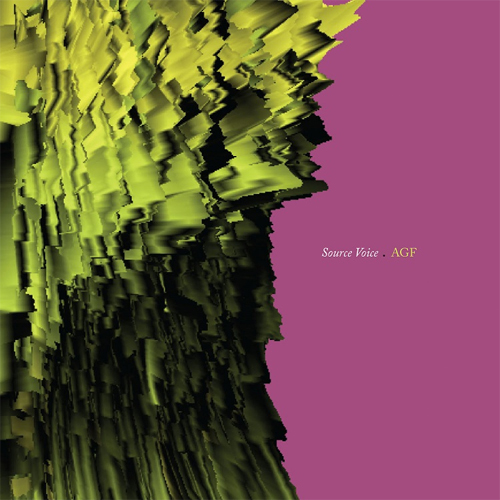 AGF Source Voice The Line Segment is a series of releases on the LINE label “which will highlight some, perhaps, very non-LINE-like works. Works that stray from the norm…” (The ‘LINE-norm’, that is, because most music on LINE itself definitely strays from ‘the’ norm, too!) AGF‘s Source Voice is the second release in this Line Segment series. AGF (Antye Greie-Ripatti, born in East-Germany but now living in Finland) has worked for more than a decade “releasing experiments connecting voice, deconstruction of language, perception, and sound processing”. If her name is new to you, you may have some interesting research to do: she has been working together with artists like Vladislav Delay, Ellen Alien, Gudrun Gut and Eliane Radigue, among many others. [Those familiar enough with Vladislav Delay’s real name, Sasu Ripatti, will correctly deduce that Antye and Sasu are married to each other.] All sounds on Source Voice are built from Antye’s voice, but since they are heavily treated and manipulated this is not always very obvious. On this album, only Kaamos is a composition for pure, untreated voice. “Inspired by the ancient folk practice of yoik, AGF started to imitate and voice along with her surrounding wind and weather. Yoik is a mostly wordless form of singing/vocalization by the Sami tribe of northern Scandinavia and considered one of the longest living music traditions in Europe.” But, as expected, none of these tracks sound like the traditional joiks. Source Voice definitely strays from the joik-norm, too!
|
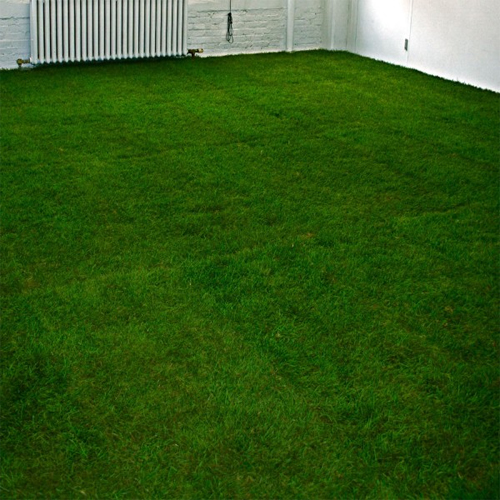 Simon Whetham El Parque Está Situado En Su Propia Casa Field recordings come in as many colours as nature itself. Some try to stay as close to the original natural sound as possible (and thus are in fact more archival recordings than compositions), at other times the natural sounds are used and reordered to create a collage-like composition – often created an environment that does not really exist: “familiar yet otherworldly”. This (digital-only) release – its title translating as “The Park Is Situated In It’s Own House” – obviously is one of the latter. The recording on this album is a combination of two different aspects of an installation performance recorded march 2012 at Campos de Gutierrez, Colombia: “My piece began as a performance on the exhibition’s opening night, using objects and recordings from Campos de Gutierrez. During the performance, and using transducers, I played sounds through an old guitar from Campos de Gutierrez and an oil drum found at Plazarte, both suspended from the ceiling. For the remainder of the month the piece continued to be exhibited in this way, playing subtle sounds captured during the performance and around the residency house through the objects.” One of the unusual aspects of this 45 minute recording is that the climax appears to be at the beginning. 10 minutes into the composition you’ll risk being blown away by the sounds of what seems to be a gigantic storm, but from things get quiet and quieter, allowing you to explore all of the details in this alienated in-house garden.
|
|
All text by Peter van Cooten of Ambient Blog.
Additional text on Richard Chartier’s “Recurrence” by HC.


